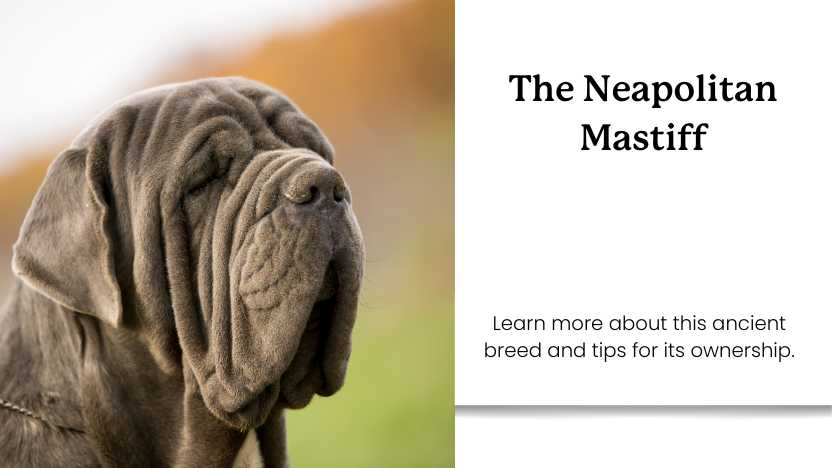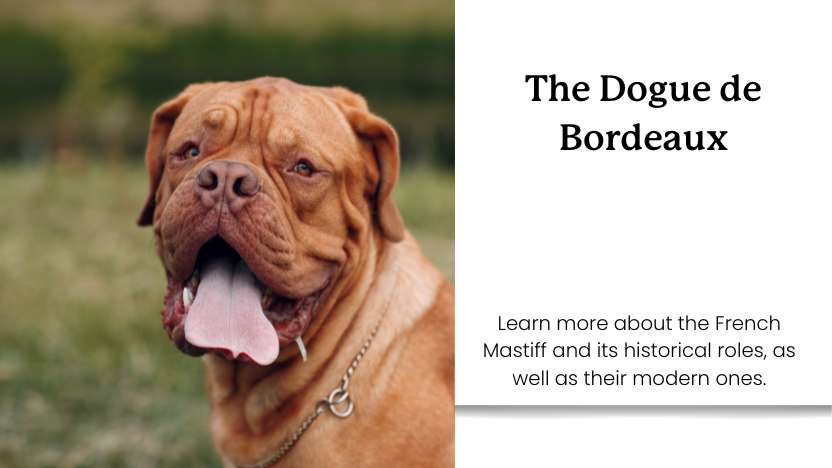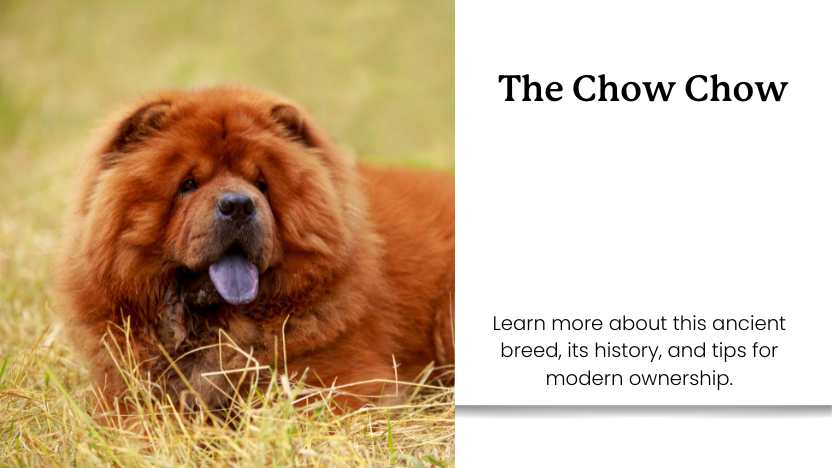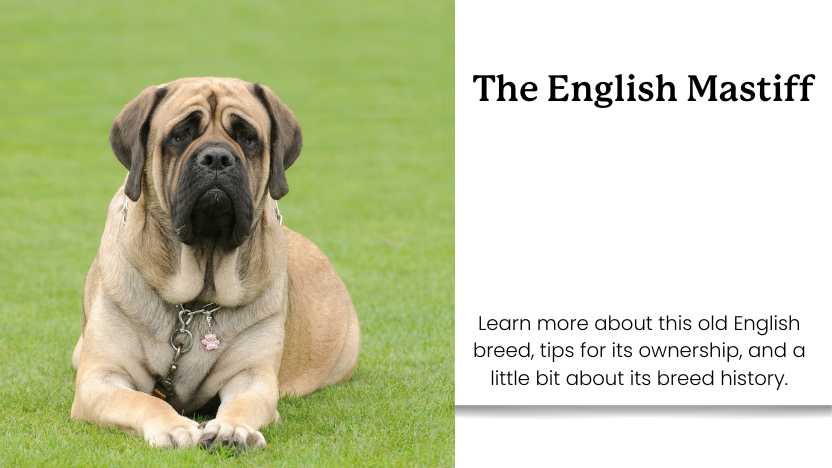The Neapolitan Mastiff is a working breed with ancient roots and a dramatic, unmistakable appearance. Known for their deeply wrinkled skin, heavy jowls, and massive frame, Neos were bred to guard property and intimidate intruders without needing to bark.
Despite their stoic presence, the Neapolitan Mastiff is one of the most joint-compromised dog breeds today. Over 50% of Neapolitans are affected by hip dysplasia, and many suffer from chronic osteoarthritis by middle age. This guide explores the breed’s history, temperament, health issues, and what it takes to support a Neapolitan Mastiff through a comfortable, well-managed life.
Let’s take a closer look.
The History of Neapolitan Mastiffs
The Neapolitan Mastiff descends from ancient Roman war dogs—massive, visually fearsome dogs used for guarding, fighting, and even military duty. Over time, these dogs were refined in southern Italy, particularly around Naples, into the breed we recognize today.

Neos were bred to protect property with their presence alone—massive bodies, intense faces, and a silent, observant temperament. Their loose skin served as a form of protection during fights or confrontations, allowing them to keep moving even if bitten or struck.
The breed was relatively unknown outside Italy until the mid-20th century, when breed enthusiasts helped revive and formalize its standards. Today, they remain rare but are admired by mastiff lovers for their loyalty and unique appearance.
Neapolitan Mastiffs in Modern Life
Modern Neapolitan Mastiffs are primarily kept as family guardians and companions. They are protective but not aggressive without cause, and they form deep, quiet bonds with their people. While they require socialization and training, they’re surprisingly gentle in the right home.
They do best in calm, structured households with room to stretch out. Their joints and bones require special attention from puppyhood onward, especially since many orthopedic problems show up before age 3.
Neapolitan Mastiff Temperament & Personality
Neos are loyal, calm, and watchful. They’re not hyper or excitable—this is a breed that prefers to observe rather than chase or fetch. While they can be affectionate and even goofy with their families, they’re usually aloof with strangers and require early socialization to stay well-rounded.
They are intelligent but strong-willed, so consistent, gentle training works best. Their size and stubbornness mean they’re not ideal for first-time dog owners. When raised well, however, they’re excellent family guardians and devoted companions.
Keep in mind that their drooping skin and slow movement can give the illusion of laziness, but in reality, they are conserving energy and often coping with joint discomfort.
Common Health Issues in Neapolitan Mastiffs
The number one health concern for Neapolitan Mastiffs is hip and elbow dysplasia. Their size alone—many weigh over 150 pounds—puts immense pressure on their joints. Without early support, they are extremely prone to arthritis and mobility issues later in life.
These issues are often hereditary but can be managed or delayed through smart care. Puppies are especially vulnerable during their rapid growth phase.
Other health concerns include:
- Bloat (gastric torsion) – a life-threatening condition common in deep-chested breeds
- Skin infections and heart issues
- Obesity – which further strains joints and can shorten lifespan
To support a Mastiff’s joint health:
- Use large-breed puppy food to control early growth rate
- Keep weight in a healthy range at all stages of life
- Start joint-supportive supplements early—glucosamine, chondroitin, turmeric, and CBD oil or chews are all helpful
- Provide soft, supportive bedding and avoid frequent jumping or stairs
Exploring Bloat & Bloat Prevention in Neapolitan Mastiffs
Bloat, also known as gastric dilatation-volvulus (GDV), is one of the most serious and life-threatening conditions in Neapolitan Mastiffs. It occurs when the stomach fills with gas and twists on itself, cutting off blood flow and requiring immediate emergency surgery. Unfortunately, large, deep-chested breeds like Mastiffs are at significantly higher risk.
These dogs have stomachs with more room to flip or rotate, and this rotation can occur when dogs gulp air while eating, eat large meals rather than spaced out meals, exercise excessively around mealtime, or experience anxiety that interferes with their eating habits.
While there’s no guaranteed way to prevent bloat, there are several steps owners can take to reduce the risk:
- Feed multiple smaller meals per day instead of one large meal.
- Avoid vigorous exercise an hour before and after eating.
- Use a slow feeder bowl to prevent gulping and excess air intake.
- Avoid Elevated Food Bowls: Elevated feeders were once recommended, but recent insights show that they could be linked to an increased risk of bloat in large dogs.
- Consider a gastropexy surgery (stomach tacking), which is often recommended for high-risk breeds like this.
- Monitor for symptoms like unproductive retching, a distended belly, restlessness, or signs of pain—and act fast. Bloat can progress in minutes, not hours.
Recognizing the early warning signs and acting quickly can save your Mastiff’s life. If you suspect bloat, go to an emergency vet immediately—this is not a condition that can wait.
Is a Neapolitan Mastiff Right for You?
Neapolitan Mastiffs are loving, protective, and majestic—but they require a special kind of owner. If you're willing to invest in joint support, frequent vet checkups, and structured daily care, this breed offers quiet companionship and deep loyalty.
They aren’t high-energy or “easy” dogs. But for experienced owners who can commit to their health and well-being, the Neapolitan Mastiff is a gentle giant like no other.









